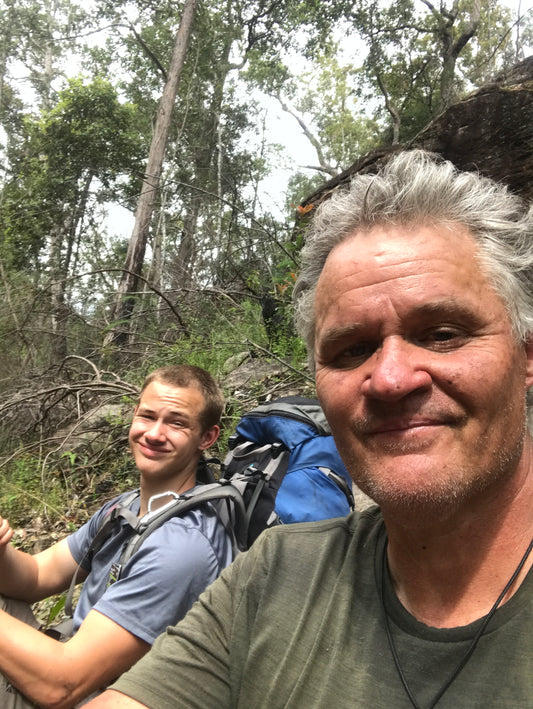Chris Webber of Katoomba has been involved in many local searches and rescue missions, as a member of the SES. He’s published a comprehensive and fascinating history of accidents here, the book Mountains Mishaps.
Q: How many searches have you been part of?
A: Blue Mountains SES is involved, on average, in six searches per year. While I was working, it was often difficult to get to a search during working hours. I took part in roughly 20.
Q: What are the most common mishaps likely to occur in the Mountains?
A: The most common reason for a helicopter rescue is an ankle injury. I’d say that’s probably a pretty common reason – a slip or trip. About half of Police rescue searches are for lost bushwalkers. The greatest number of incidents occur where the greatest number of people go. Older people are more likely to have an incident involving a pre-existing condition ,such as a heart attack. Young men are more likely to get lost on their own.
Q: Is there any truth to the idea that quite a few people over the years have come to the Mountains to commit suicide?
A: Yes, though the number on an individual year must be small. There are about 30 suicides a year in total in the Blue Mountains. But people do come to the Mountains, go away, then come back again shortly afterwards to commit suicide.

Q: Have many people been lost in the Mountains and never found?
A: No, 99 per cent of searches are successful, with most people being found in a few days. I think there may be a few cases of skeletons found that have not been identified – or it may be that those people were identified, but it wasn’t mentioned in the press. I think Elizabeth O’Pray and Sevak Simonian are the only two people that haven’t been found yet. Belinda Peisley is missing, of course, but that’s different to being lost in the bush.
Q: You did a lot of research. What was the biggest surprise you found?
A: That so many incidents of all types were happening and had happened. That there was so much to write about!
Q: The number of rock climbers in the Mountains seems to have increased greatly in recent years. Has the number of accidents from rock climbing also increased?
A: It’s hard to say. Although rock climbers tend to be a pretty responsible group of people, who are keen to report any incidents and learn from them, they don’t often have a way of reporting incidents. Also, rock climbers tend to be quite risk averse, and to take all the necessary precautions, so they do not necessarily have more accidents. As one said to me once, we are not heroes, we don’t risk our lives, we take every precaution to ensure we come back safely.
Q: The main victims of mishaps are of course the people they occur to, but what sort of impact does discovering and retrieving a body have on the searchers?
A: This is referred to as a 'critical incident', and it can affect the people involved severely. It depends on the state of the deceased and such things as their age, the circumstances of their death, and the manner in which they were found. They might be lying on the ground, hanging from a tree, or at the bottom of a cliff. It also depends on the mental state of the person who finds the body. These days there is all sorts of mental health support available, and counselling is compulsory after a critical incident. Fortunately, I might have seen some bones and personal effects, but that’s all. Police Rescue sometimes have to stay with a body all night, which must be gruelling. One account mentions having to fight off rats as they did so.
Q: Advice for people setting off into the bush?
A: Don’t be scared, be prepared.
Chris Webber’s book Mountains Mishaps can be purchased from local bookstores, or from the author’s website: mountainsmishaps.com.au





